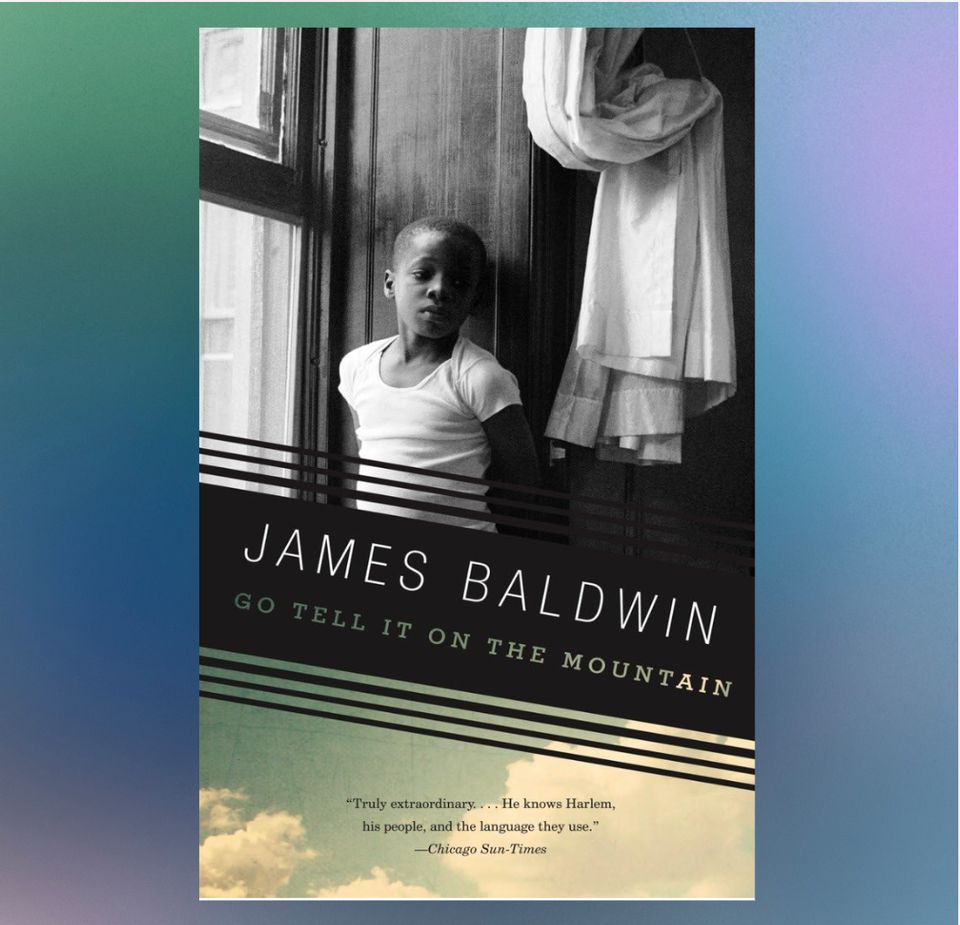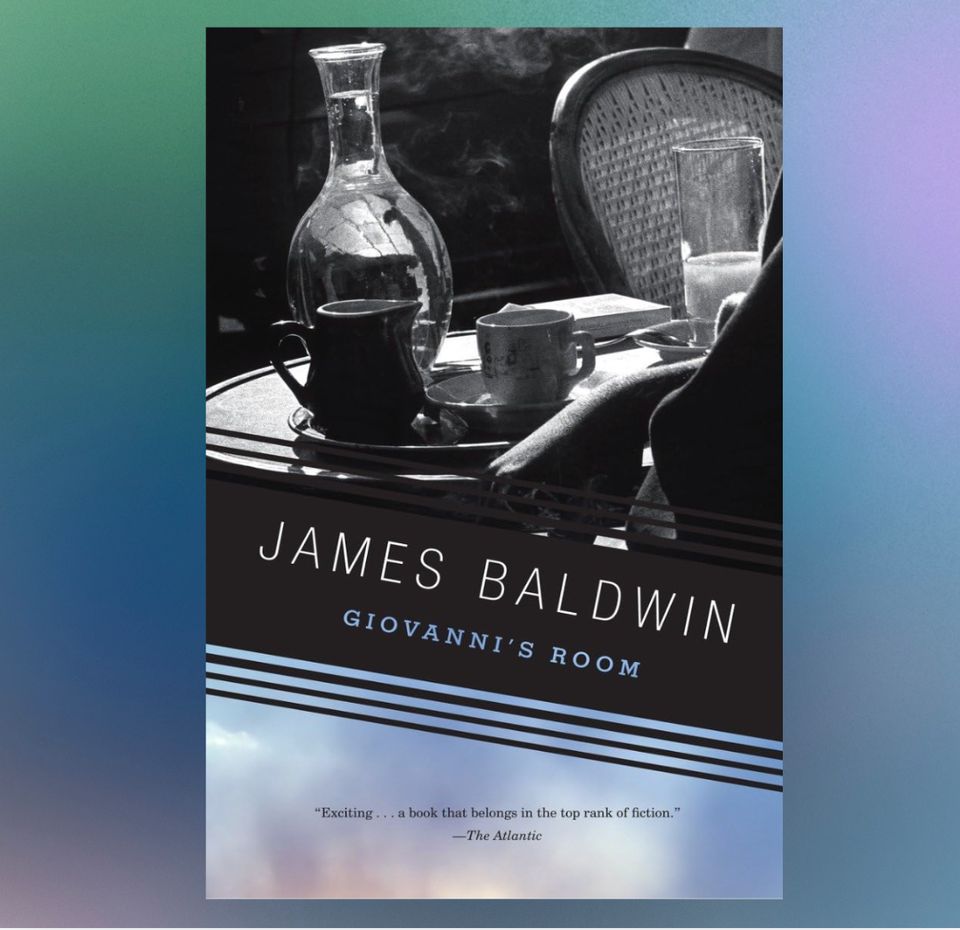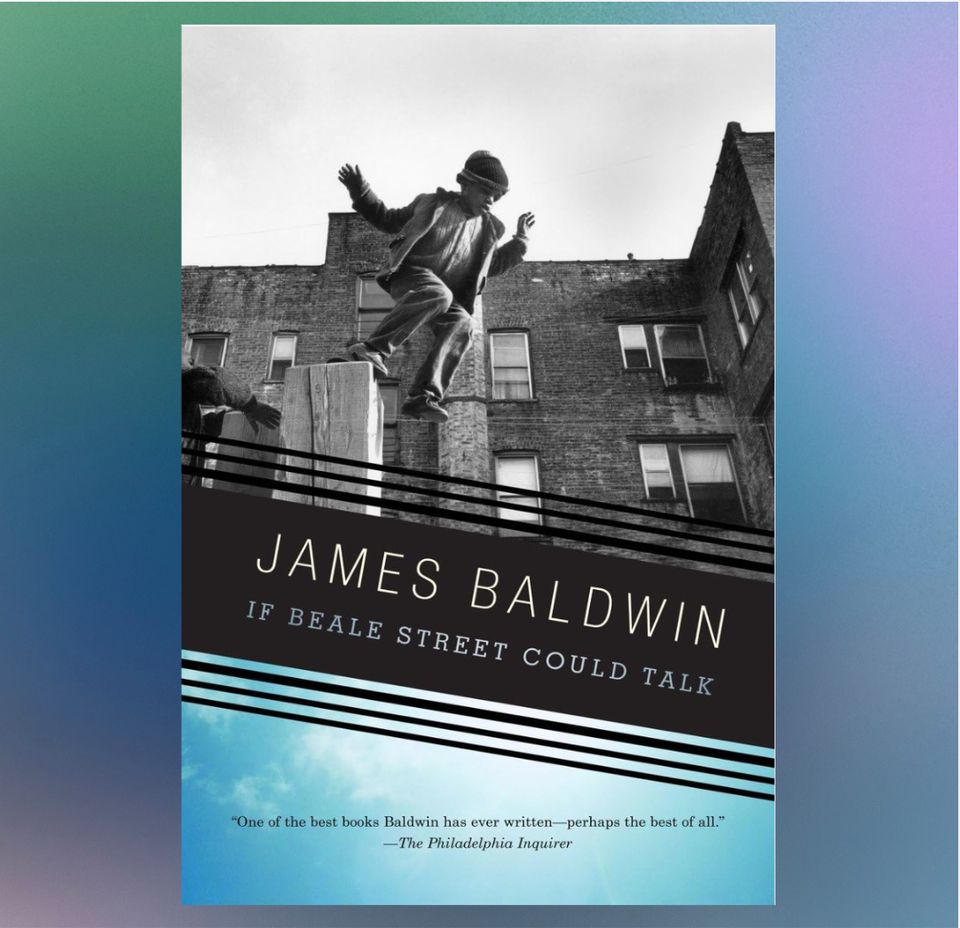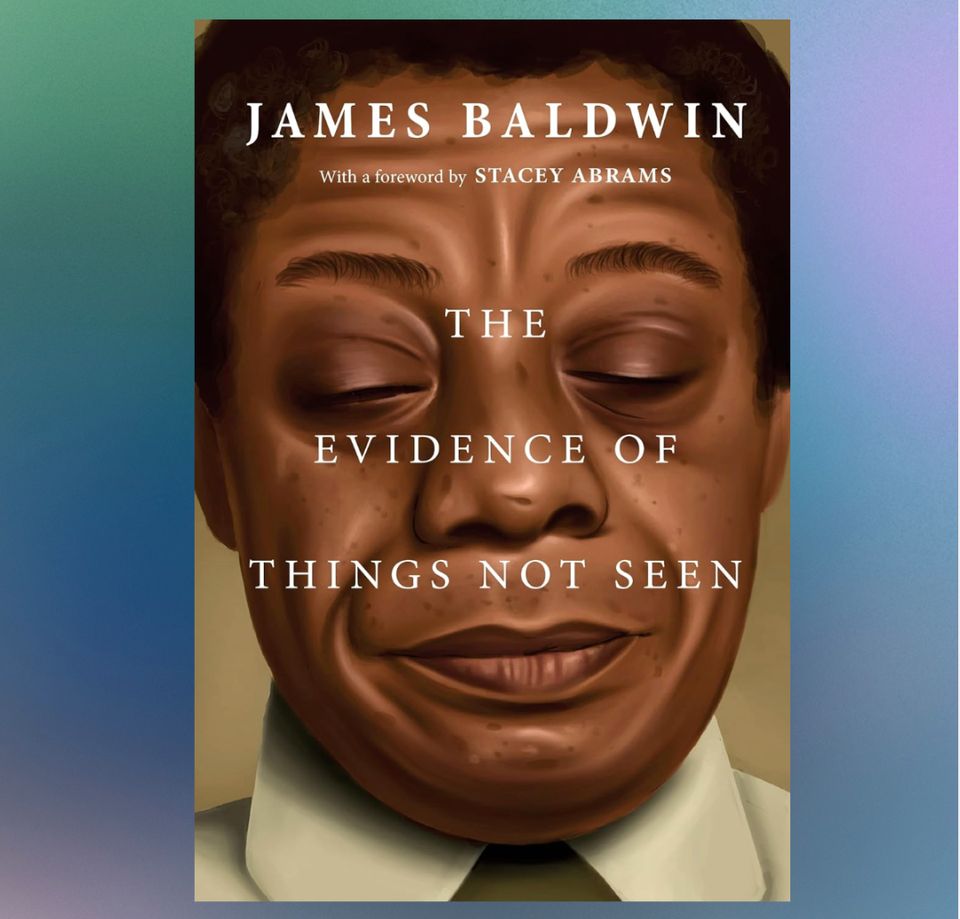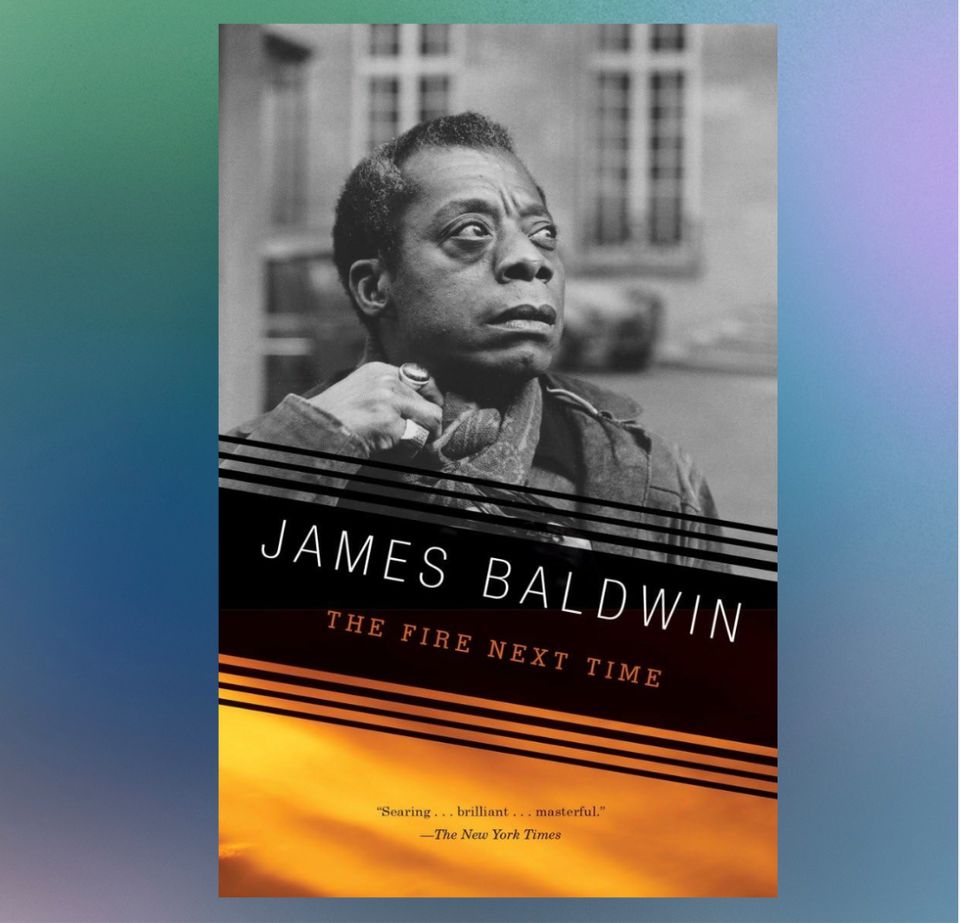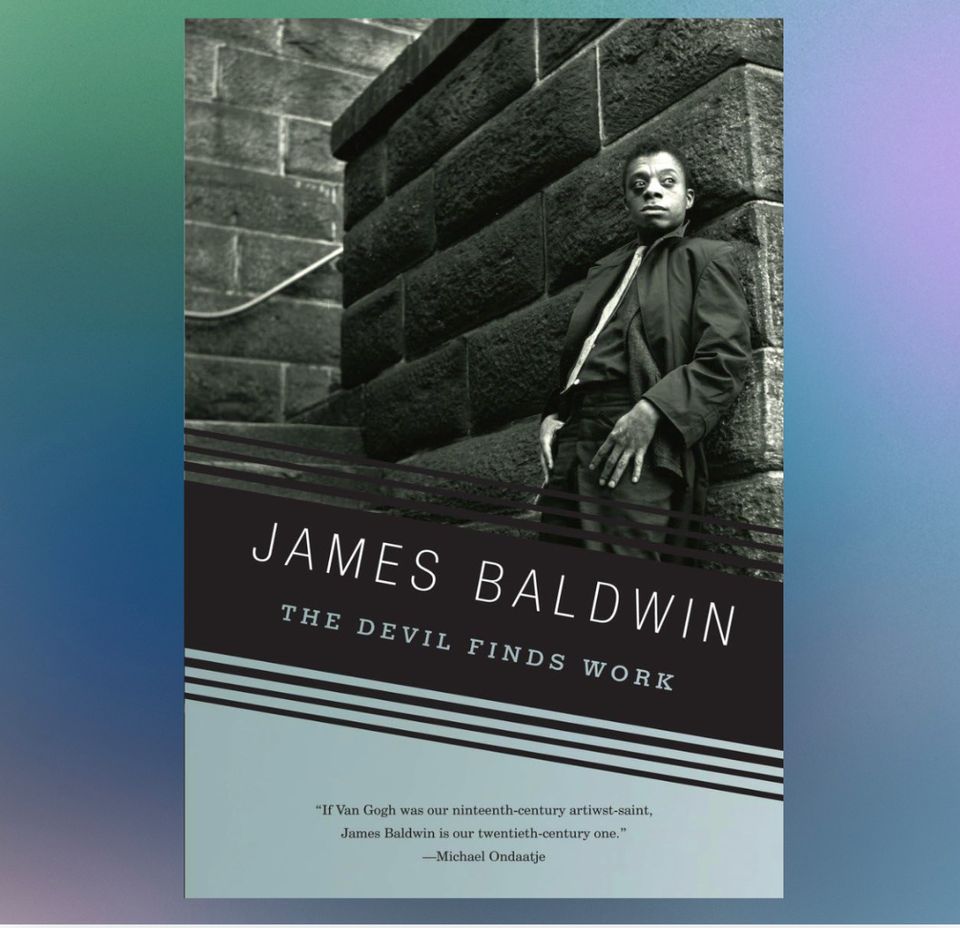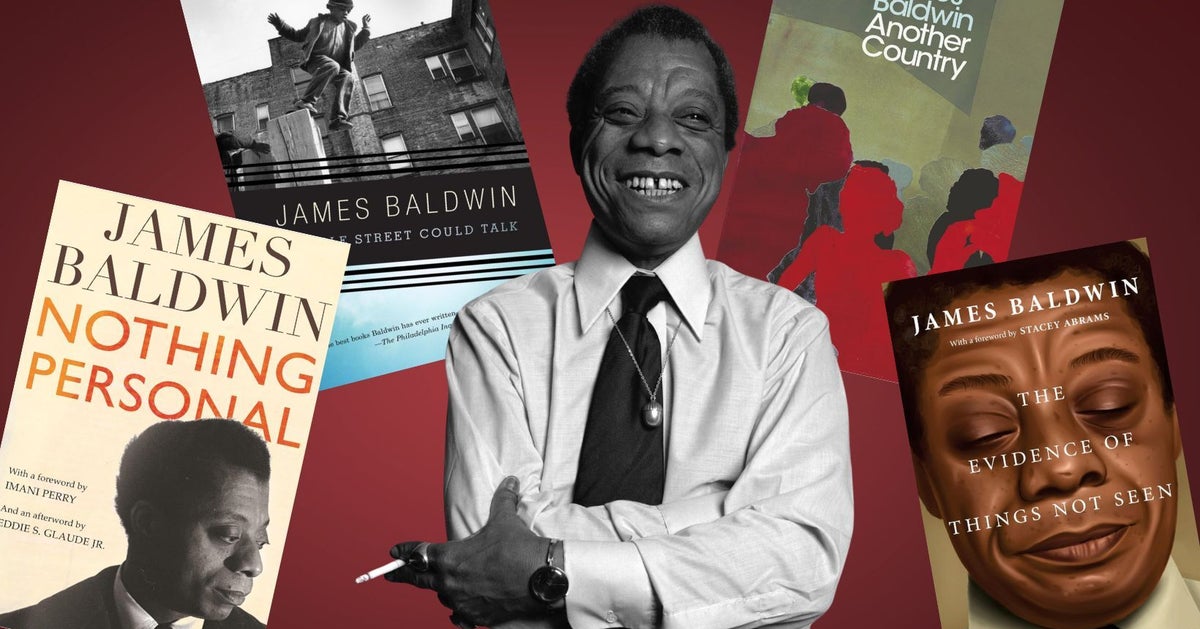
This story originally appeared in HuffPost’s Books newsletter. Sign up here for weekly book news, author interviews and more.
When writer James Baldwin was just 24 and with only $40 in his pocket, he moved to Paris and finished “Go Tell It on the Mountain,” his first published novel. The writer would spend a good deal of his life living abroad, but his work remained distinctly American, confronting and examining the pain and difficulties of Black Americans.
Advertisement
Baldwin, whose other works include “Giovanni’s Room” and “If Beale Street Could Talk,” helped raise awareness in the Civil Rights Movement, racial discrimination in America, and sexual oppression through his writing and speeches. Born Aug. 2, 1924, during the Harlem Renaissance, Baldwin became well known for his deeply felt and intimate writing that captured his own experiences within a broader American context, challenging the country to deliver on its promise of equality, justice and happiness for all.
As an award-winning essayist, novelist, and writer of plays and poems, his direct, eloquent and philosophical writing routinely dealt with the topics of race, masculinity, sexuality and class. Even after his death from stomach cancer in 1987, Baldwin’s words still have the power to evoke a searing portrait not of what America pretended to be, but of what it truly was for Black men, Black women and marginalized communities.
On the 100-year anniversary of Baldwin’s birth, celebrate his legacy by reading one or more of his books, including those you might not be most familiar with, from the list ahead.
HuffPost and its publishing partners may receive a commission from some purchases made via links on this page. Every item is independently curated by the HuffPost Shopping team. Prices and availability are subject to change.
Advertisement
Amazon
“Go Tell It on the Mountain”
“Go Tell It on the Mountain” is a coming-of-age novel that underwent years of writing and rewriting before Baldwin published the text in 1953. It follows John Grimes as he grapples with his identity and the faith he was raised to reverently practice. Readers meet John as a teenager, shouting and moving erratically in a Harlem church, desperate to be saved and to finally gain the acceptance and love of his preacher stepfather, echoing the author’s own life. Baldwin’s raw, semiautobiographical story deftly moves between the Pentecostal Church’s role within the Black community and the moral duplicity and repression often associated with religion. According to the publisher, “Baldwin’s classic novel opened new possibilities in the American language and in the way Americans understand themselves.”
Amazon
“Giovanni’s Room”
Published in 1956, “Giovanni’s Room” uses bohemian bars and a lovers’ apartment in postwar Paris as a backdrop for this moving and impactful work of fiction. We follow David, an American expatriate who has just proposed to his girlfriend, Hella. She takes a trip out of Paris to consider his proposal, and while she’s away, David meets a bartender named Giovanni. David struggles with wanting to be faithful to Hella and his sudden and deep attraction to this charismatic and handsome Italian man. The two begin an affair, something David tries to keep hidden away, but the truth is discovered when Hella returns. A story of self-discovery, liaisons, violence, and the tension between adhering to conventional norms and achieving true happiness, “Giovanni’s Room” is a signature example of Baldwin’s mastery in depicting nuanced characters and what it means to be loved.
Amazon
“If Beale Street Could Talk”
This iconic work of fiction by Baldwin exposes a very real truth about the ways in which the American justice system has historically used Black people as scapegoats, leading to wrongful convictions and disrupted lives. “If Beale Street Could Talk” employs richly evocative characters to tell the story of two young lovers and, when one is incarcerated for a crime he didn’t commit, the impact on their families, while their love perseveres nonetheless.
Advertisement
Amazon
“Nothing Personal”
In 1964, famed photographer Richard Avedon published the coffee-table book “Nothing Personal,” which featured gravure-printed portraits along with an accompanying essay by Baldwin. This was a collaborative effort by the pair, who were actually friends from high school at DeWitt Clinton in the Bronx. The book, which sought to delve into the concept of American identity, was published only a few months after the passage of the Civil Rights Act and not long after President John F. Kennedy’s assassination. Avedon, who had been known up to that point for his glitzy pictures of celebrities and other elites, possessed a deep social conscience that led him to photograph members of the Civil Rights Movements, anti-war activists and victims of the Vietnam War. In Avedon and Baldwin’s book, the dramatic and striking photos are infused with social commentary, while Baldwin’s text is a plea for humanity in a time of extremes.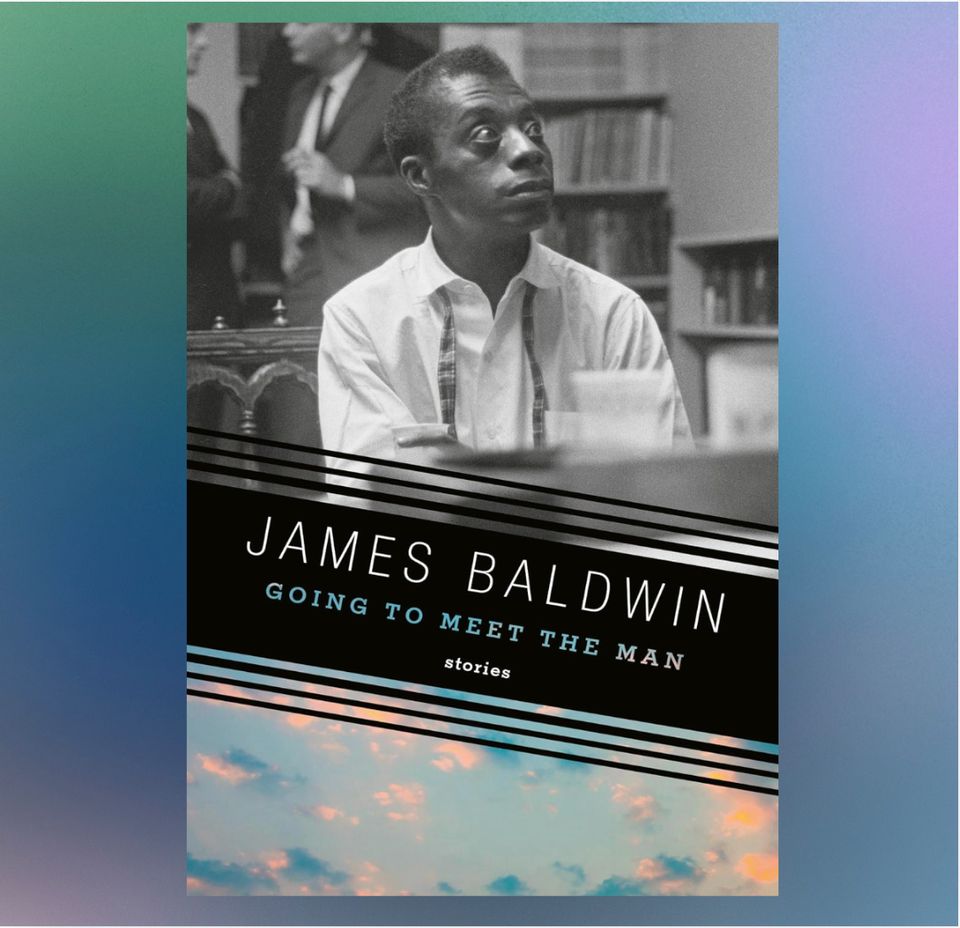
Amazon
“Going To Meet the Man”
In 1965, Baldwin released “Going To Meet the Man,” a collection of previously published short stories. Most of the eight stories reflect on the Black experience in America, but also on other themes Baldwin is well known for exploring, such as sexuality, religion and family. Staying true to his remarkable ability to craft complex and memorable characters, the individuals portrayed in the stories are each grappling with their own struggles — some romantic, some deadly, some terribly sad — but with each striking the same chord of hope that’s found in much of Baldwin’s work. The first story in the collection is “The Rockpile,” which fans may know for featuring characters from “Go Tell It on the Mountain,” Baldwin’s semiautobiographical book from the early 1950s.
Amazon
“The Evidence of Things Not Seen”
Walter Lowe Jr., the first African American editor at Playboy magazine, recruited Baldwin for an assignment after the publication’s partial shift from white men’s American lust into something more shocking — a platform for serious journalism, featuring writers who often discussed civil rights and the social barriers of that time. It was a project that would result in Baldwin’s award-winning “The Evidence of Things Not Seen.” Lowe suggested that Baldwin investigate and write about the “Atlanta Child Murders,” a gruesome string of nearly 28 killings of children, teens and adults — all of whom were Black — that occurred from 1979 to 1981. Baldwin interviewed numerous people about the deaths, along with several Black members of Atlanta’s police force. In a foreword, Stacey Abrams writes: “The humanity of Black children, of Black men and women, of Black lives, has ever been a conundrum for America. Forty years on, Baldwin’s writing reminds us that we have never resolved the core query: Do Black lives matter? Unequivocally, the moral answer is yes, but James Baldwin refuses such rhetorical comfort.”
Advertisement
Amazon
“The Fire Next Time”
This 1963 book of essays provides an intimate look into Baldwin’s own family and the lives of Black Americans while also serving as a blistering commentary on race in the U.S. The collection is presented in two “letters,” with the first penned on the 100-year anniversary of the Emancipation Proclamation and addressed to Baldwin’s nephew. “If you know whence you came, there is really no limit to where you can go,” it says. The second letter reads like both a sermon and a confessional — written in Baldwin’s eviscerating, precise and ensnaring prose — that reflects on his complex relationship with religion and nationalism.
Amazon
“Another Country”
Set in several places where Baldwin himself lived, from Greenwich Village to Harlem and France, “Another Country” is a novel that deals with artistic drive, sexuality, race and politics. Started in 1948 but not finished until 1962, the book begins by telling the story of a struggling Black musician named Rufus and his relationship with a white woman named Leona. At first their relationship seems inconsequential, but as it develops and Rufus introduces her to his group of artistic friends, things become more complicated. He abuses Leona and she leaves him, only to then be institutionalized in a mental asylum in the South. Shortly after that, Rufus kills himself. The novel then follows the people left in Rufus’ life, many of whom are deeply bothered, perplexed and emotionally burdened by the protagonist’s tragic end. But memories of the past soon lead to new lives and relationships.
Amazon
“The Devil Finds Work”
“The Devil Finds Work” is a book-length essay about American racism in cinema, and how stereotypes and assumptions by filmmakers and producers have impacted the collective consciousness for an entire country. Baldwin explores the use of racism and, as the book’s publisher puts it, “America’s self-delusions and deceptions” in popular movies like “Guess Who’s Coming to Dinner,” “In the Heat of the Night” and “The Exorcist.” His commentary sheds light on what a Black moviegoer may experience and endure while watching white-produced films lacking cultural and racial sensitivity or insight. Wielding his signature prose that is as eloquent as it is swift and damning, Baldwin makes a provocative push for the entertained and the entertainers to see art in an entirely new light.
Advertisement
